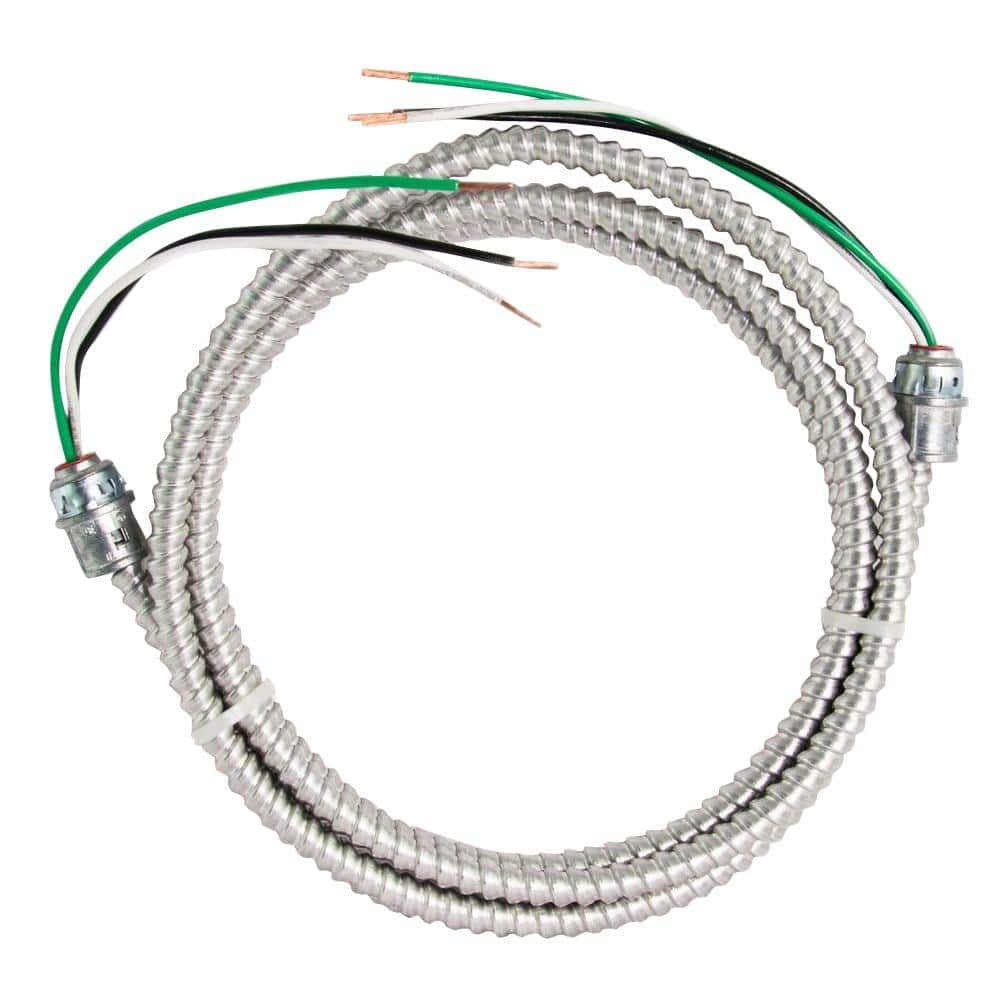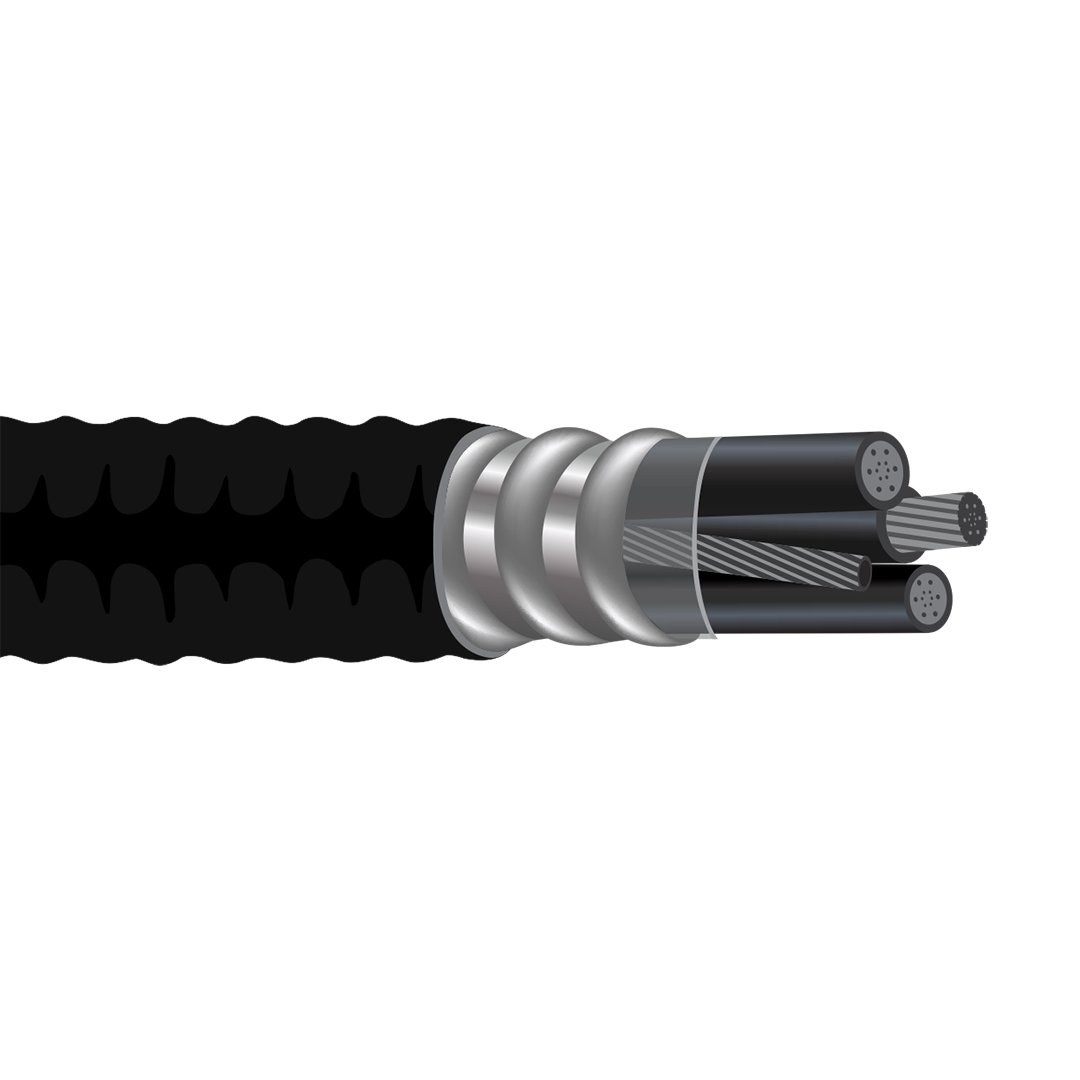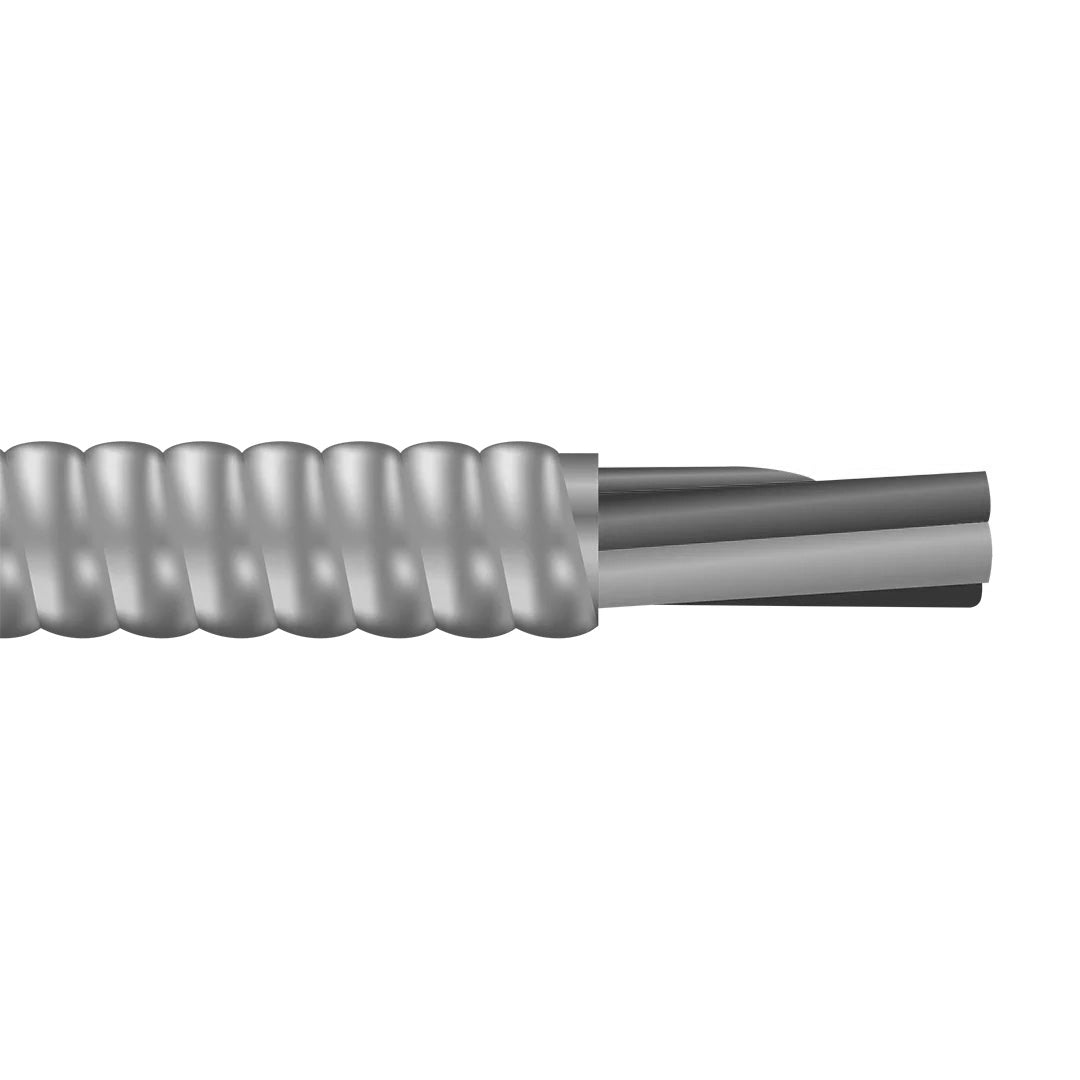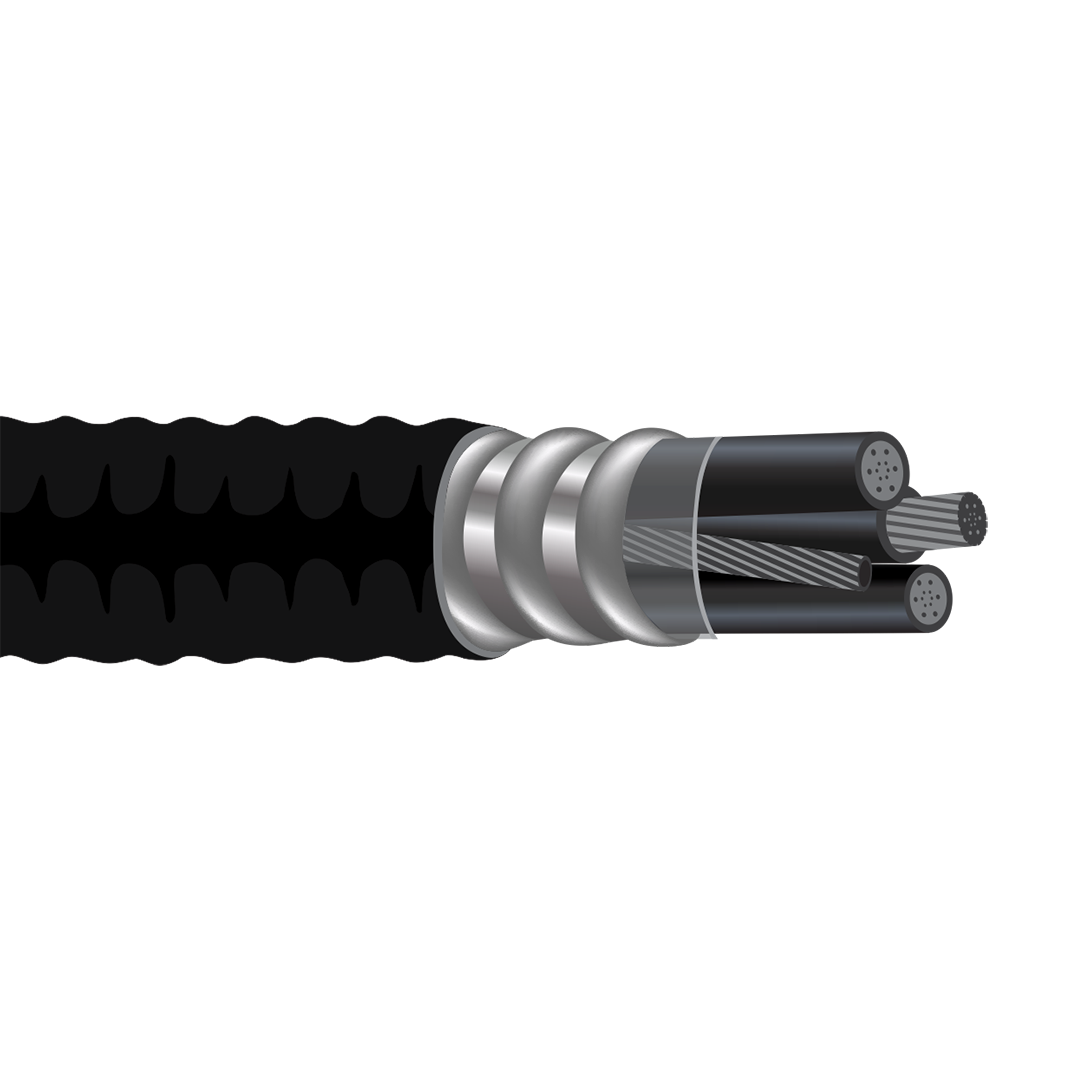chrisski
Solar Boondocker
- Joined
- Aug 14, 2020
- Messages
- 5,210
Wow. That sucks. No chance to move that? That is a significant distance for low voltages.my battery bank is in the front of the trailer and the breakers are in the rear so that’s like 7x35ft of wire @ 6awg it’s going to be expensive
When I moved my battery bank, the original position had a 6 AWG cable, about 1’ long that carried 50 amps. I moved the batteries to 6’ away, and at 12 volts and 50 amps accepting a 3% loss, I needed to get 2 AWG cable. Quite a change with that 5 feet of difference.
That 50 amps I mention, really only gets maxed out when I’m using the leveling jacks.







